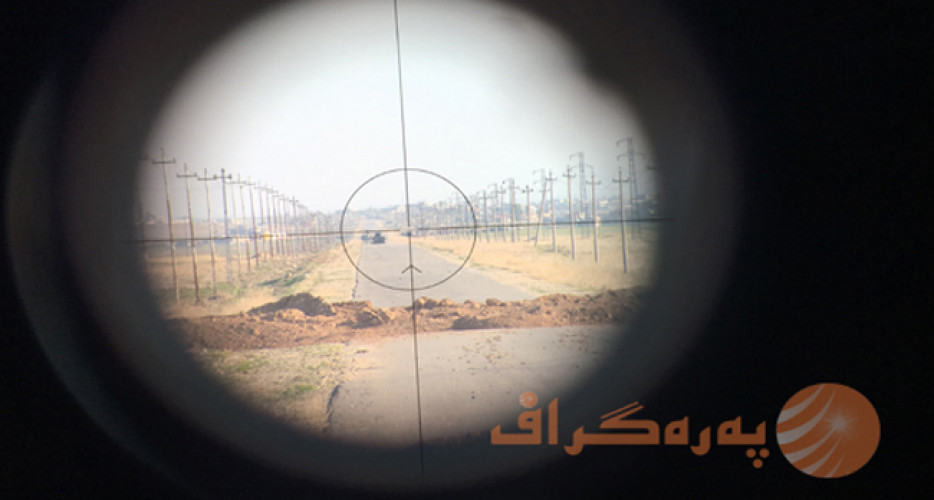
Peregraf – Surkew Mohammed
Peshmerga forces make a return to Kirkuk in the context of an agreement between the Kurdistan Region and Baghdad, according to "a new US plan to weaken Popular Mobilisation Forces (PMF)," a high-ranking Kurdish official told Peregraf.
The news of Peshmergas return to the disputed areas has been circulating in the outlets, while no official institution has confirmed it yet. Fact is joint committees have been formed between Peshmerga and the Iraqi army to survey and evaluate the situation in the disputed areas.
However, a high-ranking Kurdish official, who preferred to remain anonymous, told Peregraf, "Peshmerga will return hundred per cent. There has been an agreement, and only the implementation is left." The source also said that the return of Peshmerga "is under the insistence of the US, which pressures Baghdad to reach an agreement with Erbil".
The high-ranking source told Peregraf that the US has a new plan for Iraq to weaken the PMF, especially in Kirkuk and the central provinces of Iraq, “The US sees PMF as the implementers of Iranian policy.”
Peshmerga forces were deployed in the disputed areas in 2014 when the IS attacked them. They withdrew on 16 October 2017, after the Iraqi army and PMF afflicted the region.
According to the agreement between Erbil and Baghdad, Peshmerga would return to the disputed areas in Salahadin, Diyalah, Ninawa and Kirkuk.
The return of Peshmerga would be mostly to those areas where the PMF is strong, an Iranian ally. The US plan to withdraw forces from Syria might further strengthen its positions in Iraq in order to weaken Iran.
The source said according to the agreement, "Peshmerga would remain in the suburban points of Kirkuk, and only the police remains inside the city, while the checkpoints will be managed jointly."
Peshmerga officials do not want to admit the return of Peshmerga. Peregraf attempted to take a statement from the Secretary-General at the Ministry of Peshmerga, Jabbar Yawar, but he refused to respond.
Peshmerga will return to the locations they had been guarding in the past, and Peregraf learnt that the French and US advisors formed these posts. In Kirkuk, the military posts are now called forbidden areas, controlled by the Islamic State (IS) while the Iraqi forces cannot enter.
Residents of southern Kirkuk told Peregraf that some of these posts were made on agricultural lands, after the withdrawal of Peshmerga, the farmers tried to use the land for agriculture. However, the US "prevented that", which makes the people believe that the US has long-term plans for the area.
Unlike the official narrative of Iraqi officials, the southern Kirkuk condition is dire, with IS movements daily. Some villagers take up arms on their own. Some call for Peshmergas return.
While the US wants to withdraw from Syria, it does not want to leave the region, especially when Irans influence is expanding throughout Iraq, Syria, Yemen and Lebanon.
The US plan to Iraq might start from Sunni provinces in the middle of Iraq, neighbouring Syria, now under the allies of Iran. Irans Shia-Crescent has become stronger, from Kermanshah to Iraq, to Syria, Lebanon and the Mediterranean.
In response to the US, Iraqi Shia MPs work to issue a law to oust the foreign forces from Iraq, which targets the US forces. However, dismissing the US will not be that easy.